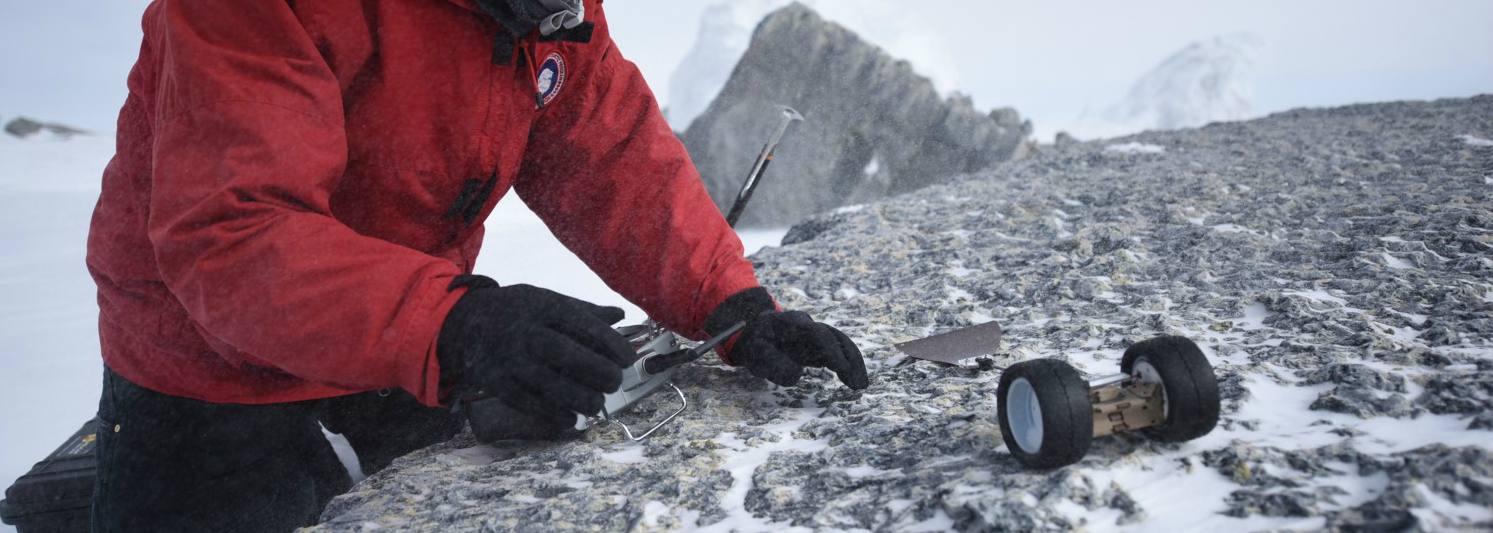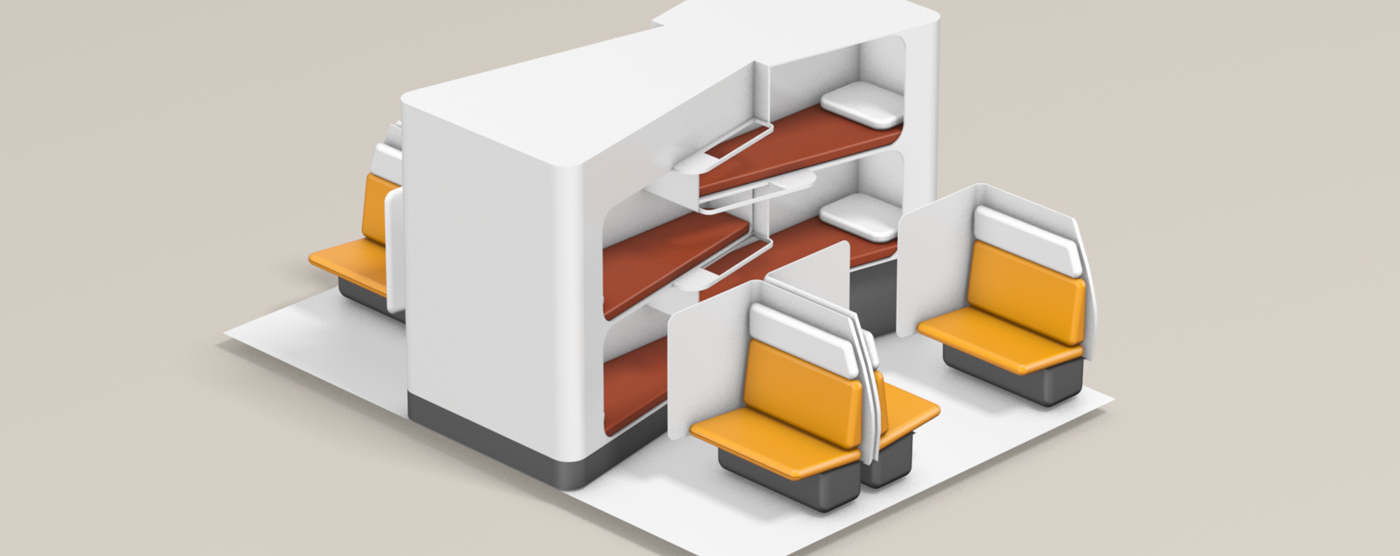The Origami-Inspired Robot That May Someday Explore Space

Scientists and robotics experts at the National Aeronautics and Space Administration’s (NASA) Jet Propulsion Laboratory (JPL) in Pasadena, California are developing an origami-inspired robot named PUFFER to explore areas in space that are too risky for full-fledged rovers. Its design is described as a lightweight, pop-up folding explorer that can flatten itself and tuck in its wheels, allowing maneuverability into places that rovers can’t go. Just like the origami art of paper folding, PUFFER’s design allows these microbots to be flattened like cards and stacked one on top of the other.
Incredible Features
PUFFER was put to the test during the past year-and-a-half in areas that ranged from the rugged terrain of the Mojave Desert in California to the snowy hills in Antarctica in the hopes that it will someday make it to the sands of the planet Mars. It’s designed to move up 45-degree slopes and investigate overhangs as a companion to larger robots. It can even drop into pits or craters, go behind sand dunes, and explore steep slopes―taking exploration to hard-to-reach locations.
“They can do parallel science with a rover, so you can increase the amount you’re doing in a day,” said Jaakko Karras, the project manager at JPL. It was Karras who was experimenting with origami designs while he was in grad school at UC Berkeley’s Biomimetic Millisystems Lab. He came up with the robot’s body design as he worked on developing robotics that were based on natural forms ch as the movements of animals and insects.
How PUFFER Was Made
It took a collaborative effort to get the robot to where it is today. Robotics experts and scientists at JPL worked together to create the microbot, and partnered with outside experts to fine-tune specific movements and abilities. The four wheels were created on a 3D printer, and gained treads that allow the robot to climb inclines. The origami design allows the wheels to fold over the main body, giving PUFFER the ability to crawl. Biomimetic Millisystems Lab developed a “skittering walk” that ensures the bot inches forward, one wheel at a time, without slipping. Distant Focus Corporation lent sight to the project, providing a high-resolution micro-imager which can see objects that are a fraction of the diameter of human hair.
Onboard Instruments
Solar panels on PUFFER’s belly keep the microbot on the move and allow it to flip over to recharge in the sun. It can move about 2,050 feet (625 meters) on one battery charge driving on a level dirt path. Depending on the number of onboard instruments, that distance may fluctuate. Currently, it operates via Bluetooth and can be controlled remotely. Advances in robotics and engineering have enabled it to act as a scientist in its own right with the addition of an instrument that allows it to sample water for organic material. The team says a spectrometer could also be added to give it the ability to study the chemical makeup of its environment.
The Future
PUFFER’s future is looking bigger and brighter as the JPL team envisions future designs to be as large as a breadbox and possibly autonomic―allowing more than one microbot to conduct science as a mobile team.
What may have once been thought of as science fiction may soon become science fact. The JPL team is hopeful their robot may someday be partnering on future planetary missions, as its composition includes several Mars-compatible materials, including heritage technology from the Viking, Pathfinder and Phoenix missions. “Small robotic explorers like PUFFER could change the way we do science on Mars,” said Karras.
Don’t miss the change to learn more about Vaughn’s engineering, technology, management and aviation programs at our Open House on Saturday, November 11 and 18. Space is limited – reserve your spot today!
The PUFFER project is a Game Changing Development (GCD) program. The project is managed by JPL. The GCD program investigates ideas and approaches that could solve significant technological problems and revolutionize future space endeavors. GCD is part of NASA’s Space Technology Mission Directorate.

